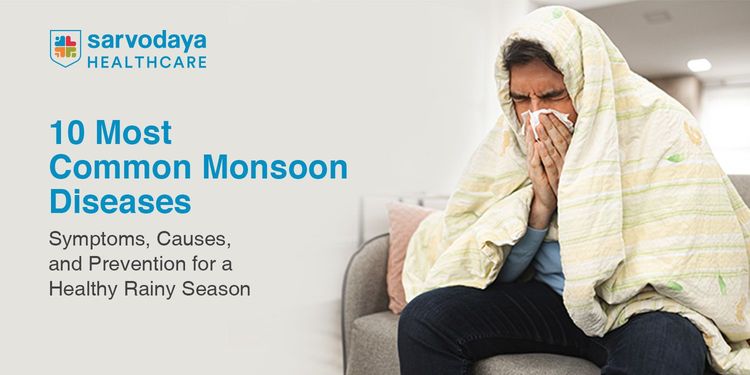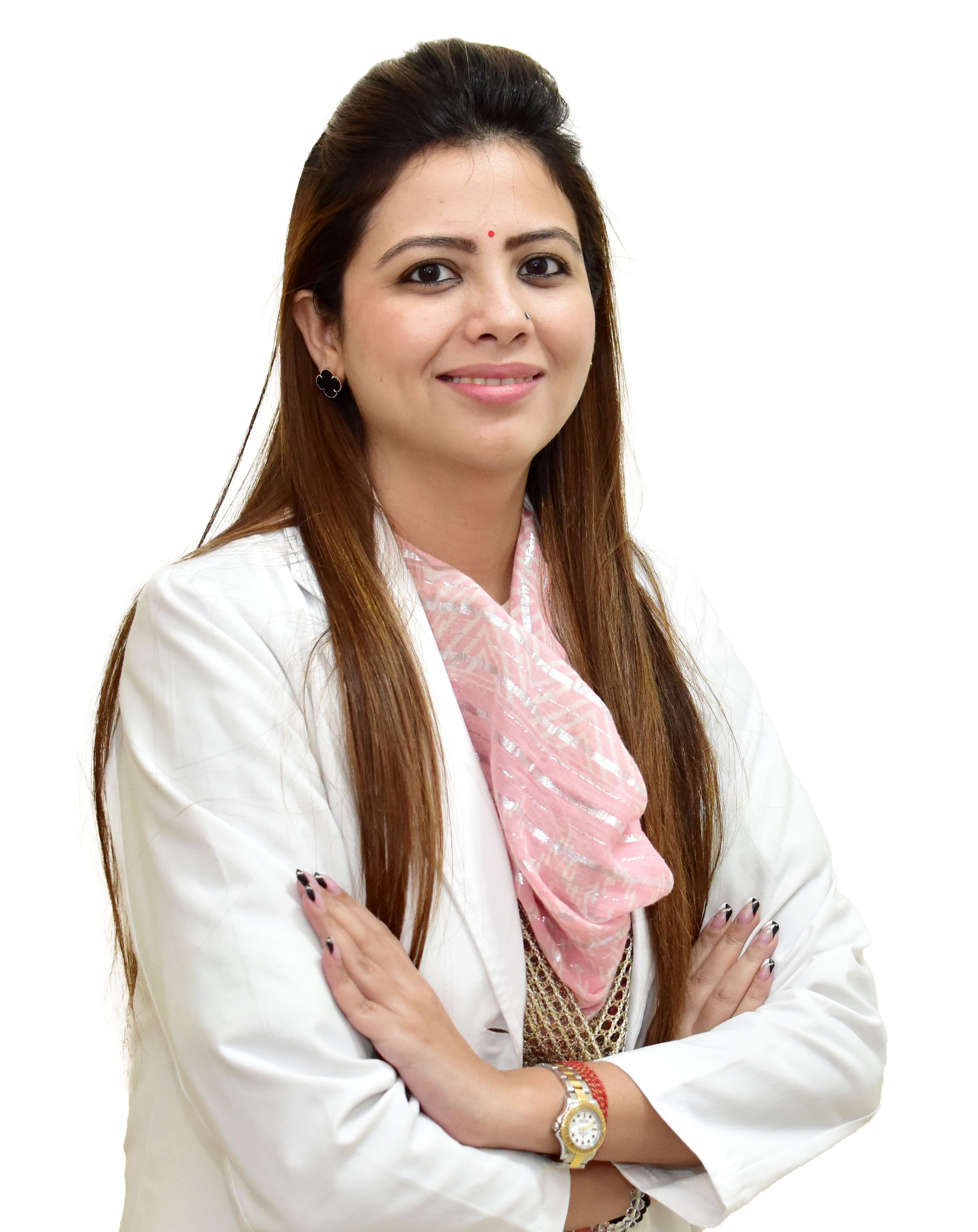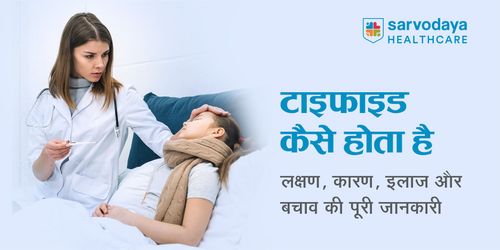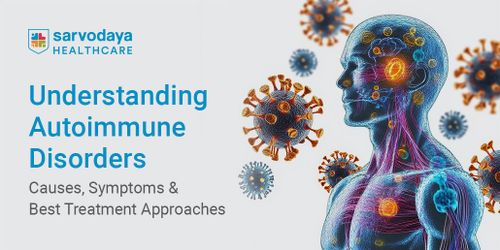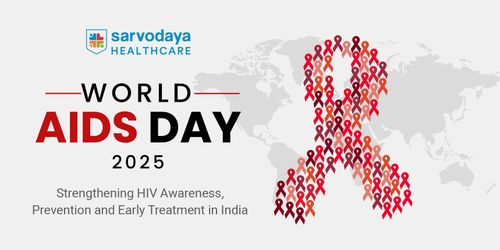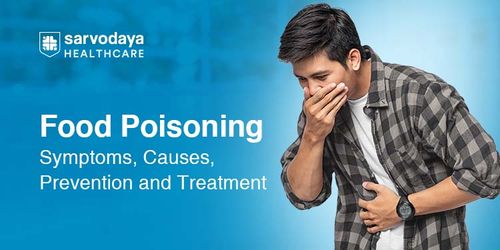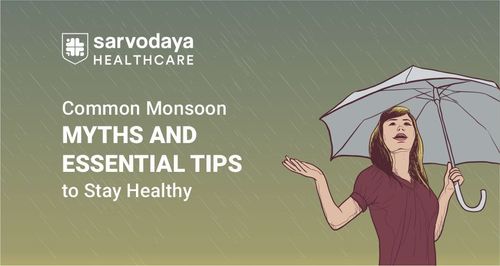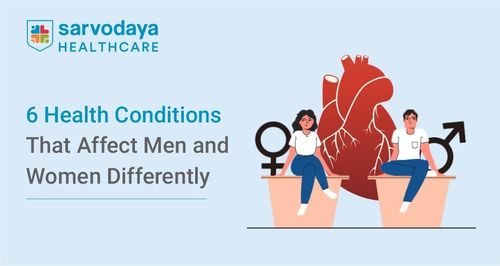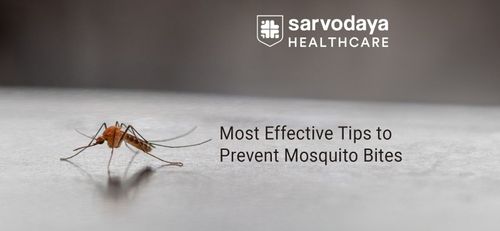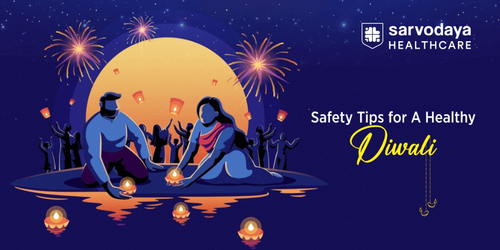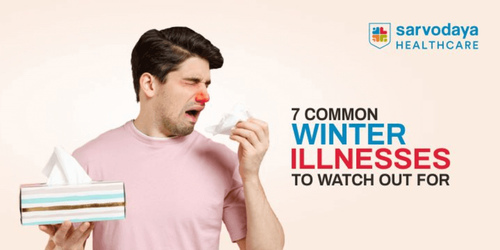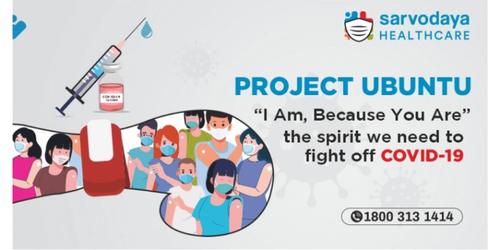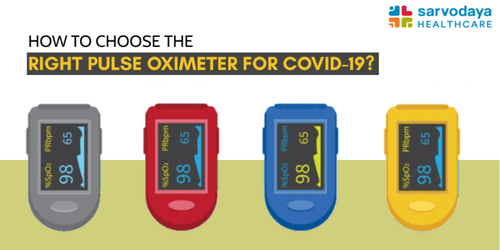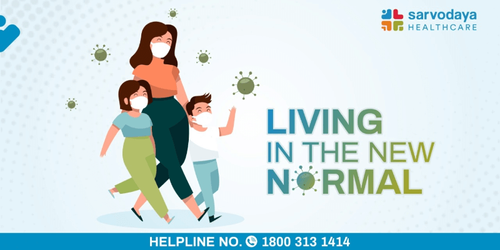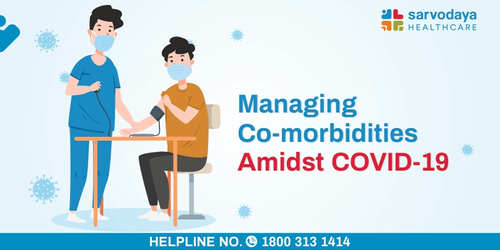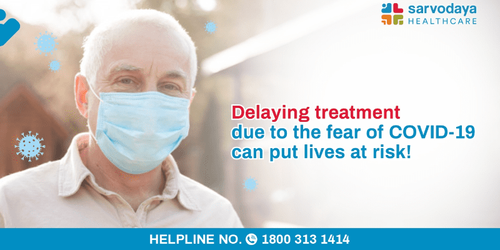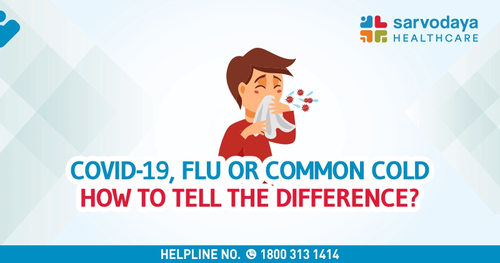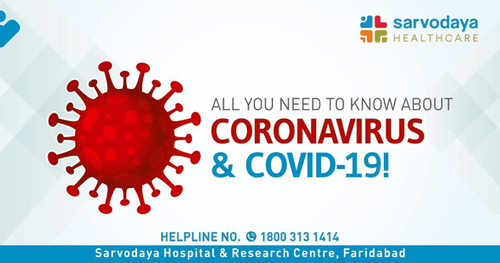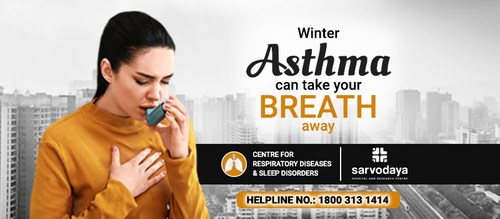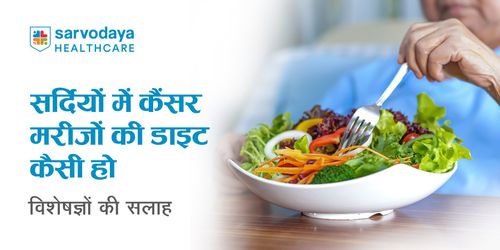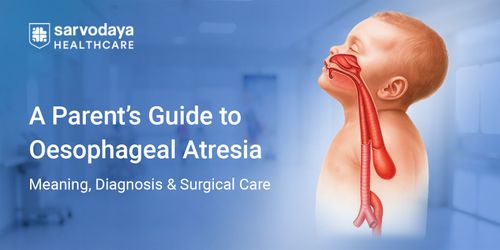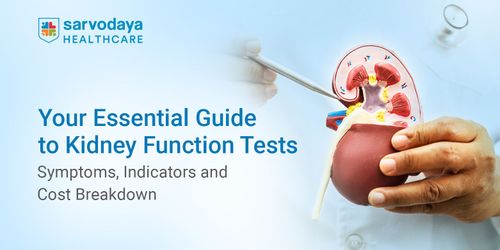The arrival of the monsoon is a welcome relief after the scorching summer heat, but it has also ushered in a wave of seasonal infections and health concerns. This is because as humidity increases, stagnant water and increased exposure to germs make it easier for illnesses to spread during this time of the year.
This blog discusses common diseases during the monsoon, their causes, and how you can protect your family by detecting them early, practicing hygiene, and receiving timely care.
Understanding Monsoon Diseases
Monsoon diseases and prevention are closely linked to changes in the environment during the rainy season. The excess humidity of the air and the waterlogged surroundings make ideal breeding grounds for mosquitoes, bacteria, and viruses. As a result, infection rates rise significantly during these months.
Here are the most common causes of monsoon-related diseases:
- Contaminated Water: Leads to diseases like cholera, typhoid, and hepatitis A.
- Mosquito Breeding: Raising the chances of malaria, dengue, and chikungunya.
- Poor Hygiene: It causes fungal infections, conjunctivitis, and gastrointestinal diseases.
- Seasonal Viruses: These are viruses leading to flu, viral fever, and respiratory diseases.
Top 10 Most Common Monsoon Diseases
Here are the ten most common diseases in monsoon, their symptoms, and how they can be prevented.
1. Dengue Fever
Cause: Dengue is spread by the Aedes mosquito, which breeds in stagnant water.
Symptoms: Sudden high fever, severe headaches, joint and muscle pain, skin rashes, and bleeding gums.
Prevention:
- Do not let water collect around the house.
- Use mosquito repellents and nets.
- Wear long-sleeved clothing.
2. Malaria
Cause: It is caused by the Plasmodium parasite transmitted by the infected Anopheles mosquitoes through bites.
Symptoms: Cyclic fever, chills, sweating, fatigue, and vomiting.
Prevention:
- Use mosquito nets treated with insecticides.
- Avoid keeping empty containers, tires, and puddles in the surroundings to prevent water stagnation.
- Windows and doors should not be opened at night.
3. Typhoid
Cause: Salmonella typhi bacteria usually cause the disease by either infecting food or water.
Symptoms: A high fever lasting a long time, weakness, poor appetite, stomach ache, constipation, or diarrhoea.
Prevention:
- Eat clean and fresh food.
- Drink filtered or boiled water.
- Wash your hands before meals and after using the toilet.
4. Cholera
Cause: Vibrio cholerae is a waterborne illness spread through contaminated drinking water and food.
Symptoms: Profusely watery diarrhoea, dehydration, nausea, and muscle cramps.
Prevention:
- Only drink clean, purified water.
- Avoid raw and uncooked food during the monsoon.
- Maintain personal hygiene and food safety.
5. Leptospirosis
Cause: It is a bacterial infection that travels through water that has been contaminated by the urine of infected animals.
Symptoms: High fever, muscle aches, chills, vomiting, and red eyes.
Prevention:
- Avoid walking through waterlogged areas.
- Wear waterproof gloves and boots if you cannot avoid the exposure.
- Cover up your wounds and protect them from direct contact with dirty water.
6. Viral Fever
Cause: Viral fever is caused by different seasonal viruses and can easily spread by contact or through the air.
Symptoms: Body ache, mild to high fever, fatigue, sore throat, and nasal congestion.
Prevention:
- Take lots of rest and drink an adequate amount of water.
- Maintain distance from those infected by it.
- Eat a well-balanced diet to strengthen the immune system.
7. Influenza (Seasonal Flu)
Cause: Caused by flu viruses that are easily spread during the monsoons because of the high humidity and increased contact between people.
Symptoms: Runny nose, fever, cough, sore throat, chills, and fatigue.
Prevention:
- Avoid stepping out when there is heavy rainfall and damp weather.
- Wash your hands with soap and water.
- Avoid crowded areas of the city during outbreaks.
8. Hepatitis A
Cause: Hepatitis A is a liver infection caused by the hepatitis A virus that is spread through the intake of contaminated food or water.
Symptoms: Yellowing of the skin and eyes, fatigue, nausea, loss of appetite, and dark-coloured urine.
Prevention:
- Avoid eating raw or half-cooked food sold by street vendors.
- Drink clean, boiled water.
- Wash your hands before meals.
9. Conjunctivitis
Cause: Also called eye flu, it is caused by viral or bacterial infections and is highly contagious during the rainy season.
Symptoms: Red, swollen, and irritated eyes, watery discharge, and light sensitivity.
Prevention:
- Avoid touching or rubbing the eyes.
- Do not share towels, pillow covers, or eye cosmetics.
- Use prescribed eye drops only after consulting a doctor.
10. Fungal and Skin Infections
Cause: It is caused by constant dampness, sweating, and coming in contact with dirty water in the monsoon season. Fungal growth is common in humid conditions.
Symptoms: Itching, redness, skin peeling, blisters, and bad odour.
Prevention:
- Keep the skin dry and clean.
- Wear breathable cotton clothes.
- Use antifungal powders or creams if needed.
Read More- Common Monsoon Myths and Essential Tips to Stay Healthy
Prevention Tips for Monsoon Diseases
With a few mindful changes in routine and environment, you can significantly reduce the risk of falling ill.
Here are some essential measures that help in monsoon disease prevention:
- Maintain Personal Hygiene: Bathe regularly and wash hands before eating or after contact with public surfaces.
- Drink Safe Water: Boil water or use a purifier to avoid disease in the rainy season due to water contamination.
- Avoid Street Food: It is better to stick to fresh home-cooked food to minimise exposure to harmful bacteria.
- Wear Weather-appropriate Clothes: Full-sleeved, light cotton clothes protect against mosquito bites and skin infections.
- Use Mosquito Control Measures: Apply repellents, use nets, and avoid water stagnation both inside and outside the house.
When to See a Doctor
Here are some signs that indicate the time to consult a doctor:
- High fever lasting more than two days.
- Persistent vomiting or diarrhoea leading to dehydration.
- Skin infections worsen or spread.
- Yellowing of the skin or eyes.
- Blood in cough, urine, or stool.
- Severe body pain or headaches.
Conclusion
Monsoon is a season of renewal, but it also requires caution. Knowing the symptoms and causes of diseases in the monsoon can help prevent many health issues before they become serious.
At Sarvodaya Hospital, Faridabad, patients receive timely and specialised treatment for all diseases in monsoon, including gastrointestinal infections and mosquito-borne diseases. Sarvodaya is the leading multi-speciality hospital in Delhi NCR, dedicated to helping patients recover swiftly by offering state-of-the-art diagnostics, consultations with experienced doctors, and personalised medical attention.
Book an appointment now for early detection of monsoon-related diseases and to avail yourself of timely, expert, and compassionate healthcare services. Let this season bring you joy, not illness.


